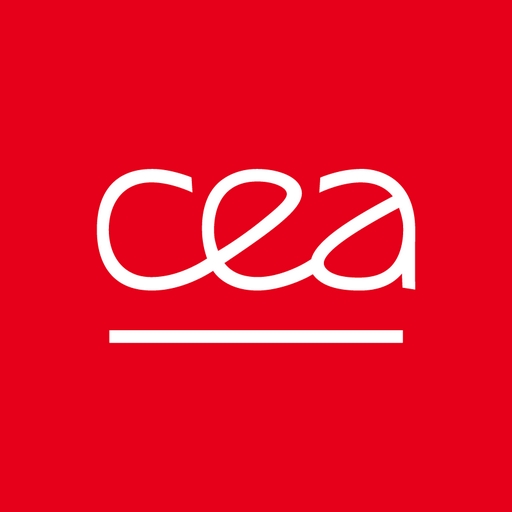IR and Raman spectroscopies, a way to understand how the Roman window glasses were made?
Résumé
Two processes are known to make panes in West Europe during the Roman period: they may be cast on a flat surface or manufactured by the cylinder-blown process. The aim of our research is to give physico-chemical arguments to distinguish between both methods by using IR and Raman spectroscopies to determine the fictive temperature Tf of the archaeological samples. The position of the 1050 cm-1 band in the IR reflection spectra of annealed samples versus Tf has been studied, giving a calibration curve to determine the Tf of the archaeological sample. The position of the 1100 cm-1 Raman band and the ratio of the Q2/Q3 Raman bands intensities are also studied versus Tf for annealed samples. The Tf of both sides are found to be different, which is an argument in favor of the cast method



